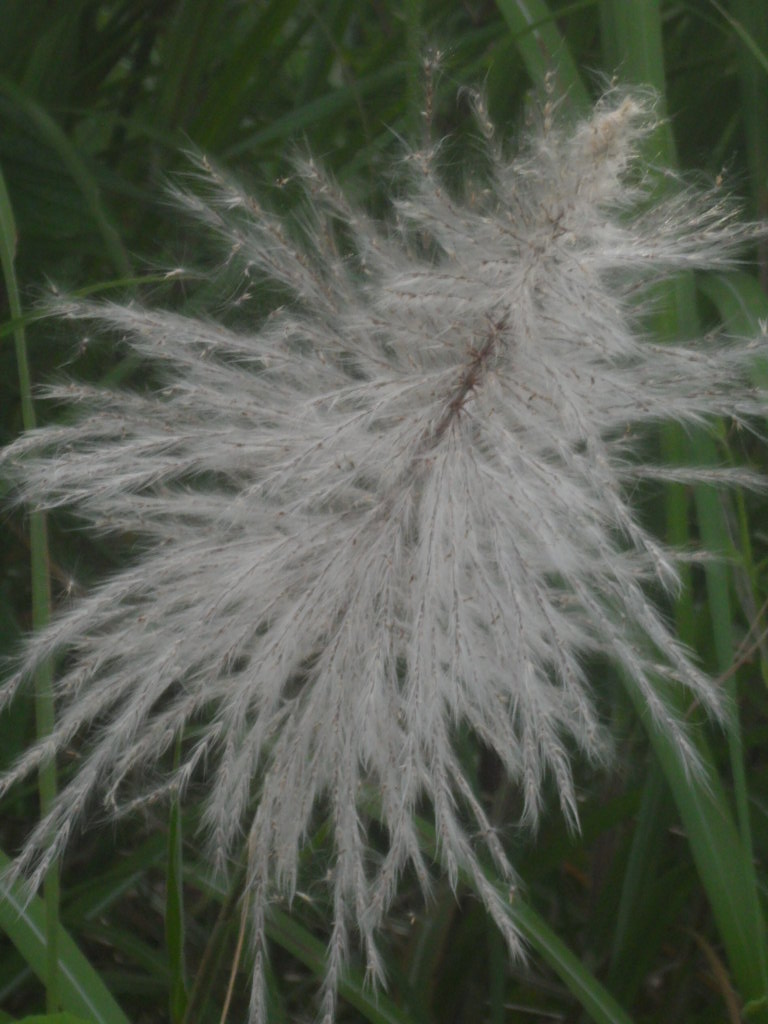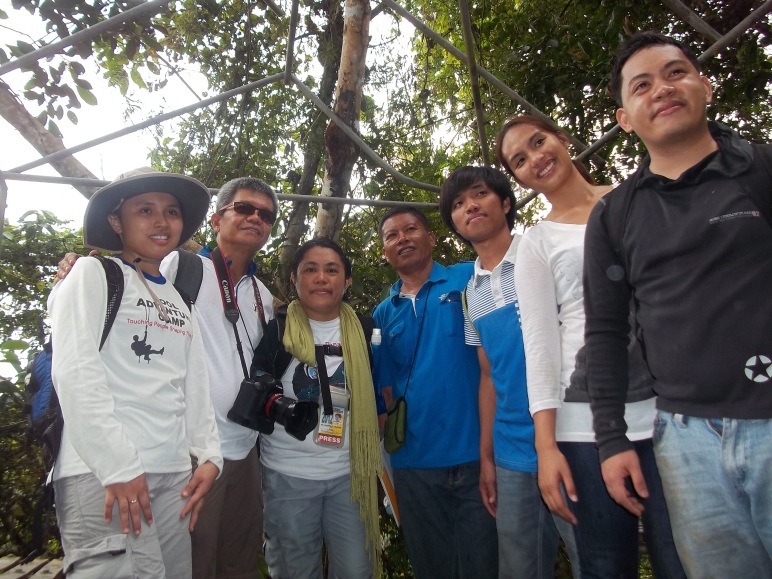by Maria Eleanor E. Valeros, #citizenmedia
caption: This blogger joins specks of dust near the Cagsaua Ruins, a belfry that serves as memorial of a past eruption of Mount Mayon that buried scores of Bicolanos alive.
ALBAY, BICOL REGION, PHILIPPINES — What force attracted me to Albay is the very same force that obliterated rice fields and homes in Guinobatan and Daraga.
Mount Mayon was ablaze almost every night from July 18 of 2006 with the number and size of incandescent rockfalls from the active lava dome increasing. And while volcanologists warned on August 10 of a major explosion as Mayon continued to eject lava down its slope, which spelled disaster, there I was gaping at the TV in our old newsroom admiring at the beauty and power of her activity.
As Albay was prepared to escape from magma buildup, typhoon Durian instead lashed, triggering deadly landslides. Mud, rocks and volcanic ash swallowed vast rice farms and inundated towns throughout Albay that were once subjects of postcards for their panoramic and charming rural life. Lahar flow killed scores and covered large portions of the village of Padang in mud up to houses’ roofs.
The wrath of Daragang Magayon (or “Magandang Dalaga”/Beautiful Maiden, believed guardian of Mount Mayon) spilled lahar flows from the roof of the mountain in Guinobatan to the town of Daraga. Amazingly, the floodhead spread to form two rivers upon reaching a good distance from the Cagsaua Ruins. Yes, the Cagsaua church which became a refuge to some 1,200 people two centuries ago. When lava flowed on February 1, 1814, the most destructive eruption of Mayon, it buried the town of Cagsaua, the church and the townsfolk. Only the belfry remained above the new surface. It stands anew today as a memorial after nature spared it from being smashed by tumbling, rumbling boulders.
It stands here today, beautiful but still haunting to serve, perhaps, as a living testimony as to how alive fire-spewing mountains and towering fountains are. And on how helpless we are before nature’s fury.
If there was one very bad experience in coming to Legazpi City, at a time when it was recovering from a series of disasters, had nothing to do with mocha-colored water pouring out of the tap. It was the overcharging of fare rates that hurt me most. For somebody unaware of actual rates here, most drivers asked double to triple the real rate.
“Kanya-kanyang diskarte talaga. Sa hirap ng buhay ngayon dito pagkatapos ng Durian, kelangan talaga mag-survive ang mga drivers,” a trike driver explained things. But was kind enough to charge me fairly when I directed him to bring me to a cheap hotel where my partner and I could wash up. We were “caking up with ashfall” as earlier that day we passed by Irosin in Sorsogon on our way to Legazpi. Irosin was on zero visibility because another volcano, Mount Bulusan, was spewing columns of ash.
The hotel, across a mall, was indeed for travelers on shoestring budget. Since the mall is nearby, my partner and I shopped for chocolate-coated and caramelized pili nuts (all-time favorites!). Its proximity to the city terminal allowed us to walk from the hotel in going there for our next trip.
At that time farm managers turned to nurturing not grains anymore but making hollow blocks out of volcanic materials deposited in rivers, as well as artstone pieces carved from volcanic rocks.
Mang Jun, 42, for example, sees a new livelihood in sculpturing Santo Nino icons from the volcanic rock deposits. He also carved designs taking on inspiration from Atlas (that piece with globe on shoulder), Madonna and Child, and the Pieta.
While volcanoes fascinate us, they frighten us at the same time. Volcanic mountains burst into flames as glowing rocks fly from the depths of the earth and cause enormously devastating lava flows.
But volcanic activity never stops to fascinate me. This adulation had drawn me to Mayon – this admiration for something inanimate, yet so full of life and power it is able to direct the course of some Bicolanos’ destiny.###







